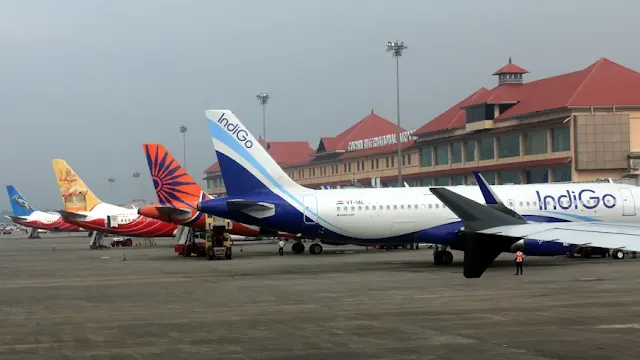Traveling with a pacemaker
Flying with a pacemaker is generally considered safe, but it’s essential to understand the precautions and procedures involved to ensure a smooth and stress-free journey. A pacemaker, a small device implanted in the chest to regulate heart rhythms, can raise concerns about airport security and electromagnetic interference. Travelers with pacemakers must take special care, especially during security screenings at airports.
Navigating airport security can be challenging, especially for individuals with implanted devices. To streamline the process, present your Medical Device ID Card at the initial security checkpoint. This card identifies you as a patient with an implanted device, allowing security staff to provide appropriate accommodations. After showing your card, follow the directions given by the security personnel to ensure a smooth and hassle-free experience.
India Airport Security and Pacemakers
At Indian airports, passengers with pacemakers should inform security personnel about their medical device before the screening process begins. Security staff are trained to handle such situations and will offer alternative screening methods. Typically, a hand-held metal detector will be used, but it should not be placed directly over the pacemaker. Instead, a pat-down search is often conducted to avoid any potential interference with the device.
Does high altitude affect pacemakers?
High altitude typically does not affect pacemakers. These devices are designed to function correctly under various environmental conditions, including high altitudes. However, some patients might experience discomfort due to changes in air pressure and oxygen levels. It is essential for individuals with pacemakers to consult their healthcare provider before traveling to high-altitude locations. The provider can offer personalized advice and ensure the pacemaker settings are optimized for such conditions. Always carry medical identification and documentation about the pacemaker when traveling.
Procedures for Internal or External Medical Devices
If you have an internal or external medical device, such as a pacemaker, defibrillator, or metal implant (e.g., artificial knee or hip), follow these guidelines for a smooth airport security experience:
-
Inform Security Personnel: Always inform the security staff about your medical device before the screening begins. This allows them to provide appropriate accommodations.
-
Medical ID Card: Carry a medical ID card or a letter from your doctor that explains your condition and the presence of the medical device. This documentation can help expedite the screening process.
-
Alternative Screening: Request alternative screening methods if you have concerns about passing through metal detectors or full-body scanners. Pat-down inspections are commonly used for individuals with medical devices.
-
Avoid Direct Contact: If a hand-held metal detector is used, ensure it is not placed directly over your pacemaker or other medical implants to prevent potential interference.
-
Pre-Boarding Arrangements: If needed, you can request pre-boarding arrangements with your airline to ensure you have ample time to go through security without rushing.
Special Considerations
-
Artificial Joints: If you have an artificial knee, hip, or another metal implant, inform the security personnel. Similar to pacemakers, these implants can trigger metal detectors, and alternative screening methods will be employed.
-
Defibrillators: Individuals with defibrillators should also follow the same procedures as those with pacemakers to avoid any issues during security checks.
Traveling with a pacemaker or other medical devices requires a bit of extra preparation, but it is entirely manageable with the right steps. By informing airport security and carrying the necessary documentation, you can ensure a hassle-free experience. Always consult with your doctor before traveling to receive any specific advice tailored to your health needs. Safe travels!
For more detailed information on flying with a pacemaker and other medical devices, you can visit authoritative health and travel websites or consult directly with your healthcare provider.







